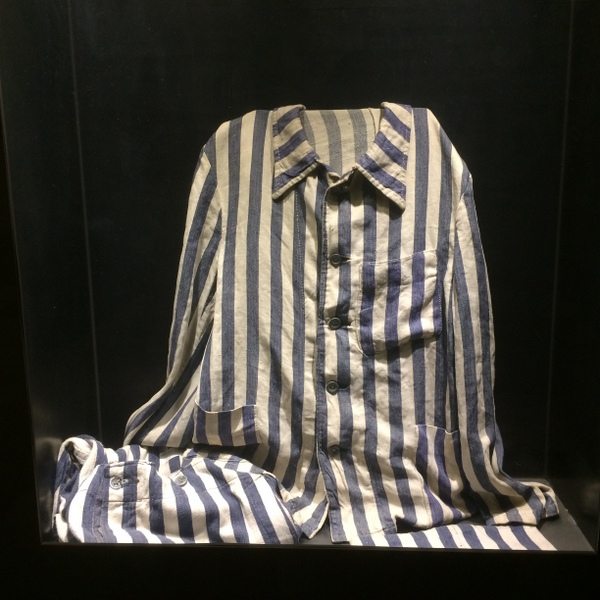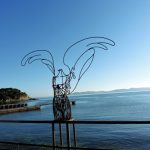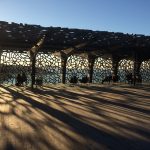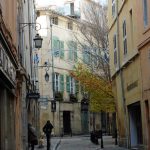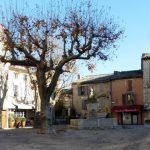Today’s travel from Aix-En-Provence to Hyères is only a short hop. However, along the way we made a detour to Camp Des Milles, France’s only large WW2 Internment and Deportation Camp still intact.
Camp Des Milles
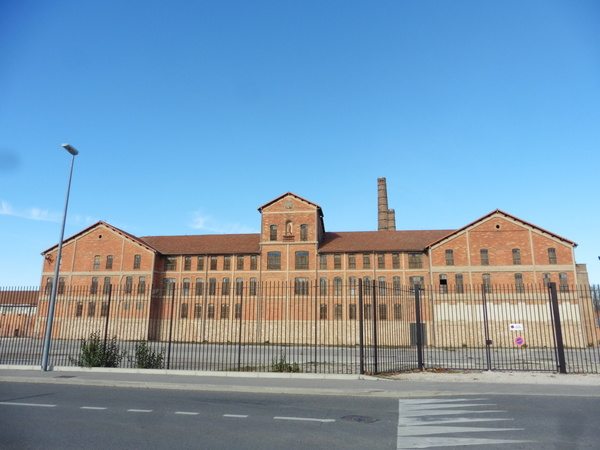
Not far from Aix-en-Provence in the village of Les Milles is the museum of Camp Des Milles, a former French Internment Camp. The museum of Camp Des Milles tells the story of the former tile factory and the deportations in the area. From the outset, before we even stepped inside, we were transported back in time. High barbed wire topped chain link fences, surrounded the red brick buildings, and just outside the fence a cattle car used for transporting people sat on the railway siding.
Camp Des Milles Museum is state of the art, like many other museums using video, storyboards, pictures, personal items and audioguides.

We’ve been to many World War Two museums and sometimes the information is much the same of course. At Camp Des Milles the story starts with the 30 steps which led to war. The display focused on the prime events leading up to World War Two. Using newspaper articles from different sources it sets the scene .
Camp Des Milles was a tile factory which operated up until the First World War. After the war it opened again and operated until the financial crisis of the 1930’s struck. It was forced to close in September 1932. The site stayed vacant until 1939, when during the lead up to World War Two the government of the Third French republic requisitioned the site. It was transformed into an Internment Camp, to detain “Undesirable Aliens” such as Germans and Austrians nationals and anyone who they could be ‘enemies of the state’.
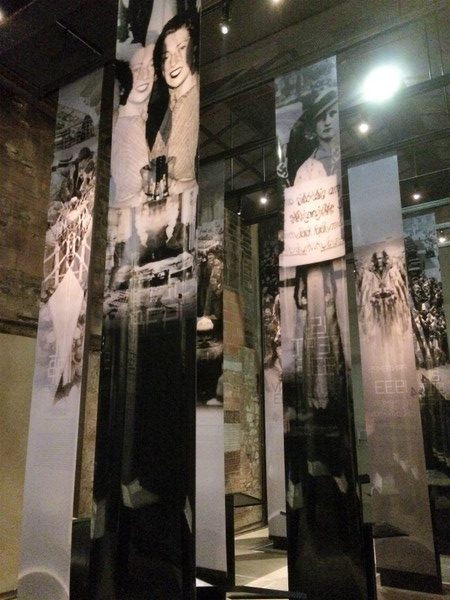
Around the Marseilles area many Germans and Austrians had fled the Nazi regime and by 1940 about 3,500 were interned at Camp Des Milles. Many of those interned were artists and intellectuals. There were writers, poets, playwrights, scientists, painters, musicians, and doctors. Many of which were Jews. After Germany invaded France, the French Vichy government took control of the southern sector of France.. During the government transition some of the internees, who were now no longer aliens, were able to be sponsored by external organisations and emigrate to places like America. By September 1940 the camp had become a transit and internment camp for “Undesirables”.
10,000 people were detained in the region and interned at Camp Des Milles. The camp became part of the apparatus for “The Final Solution” in August and September of 1942. During this time 2,000 men and women including 1,000 children were deported via Drancy to Auschwitz.
In the museum there are many bios of the people interned or deported from Camp Des Milles. There’s a long gallery filled with bios and photos of the various people. It serves as a memorial to those that were interned and those that perished. There’s also stories of escapes and of people who saved others.
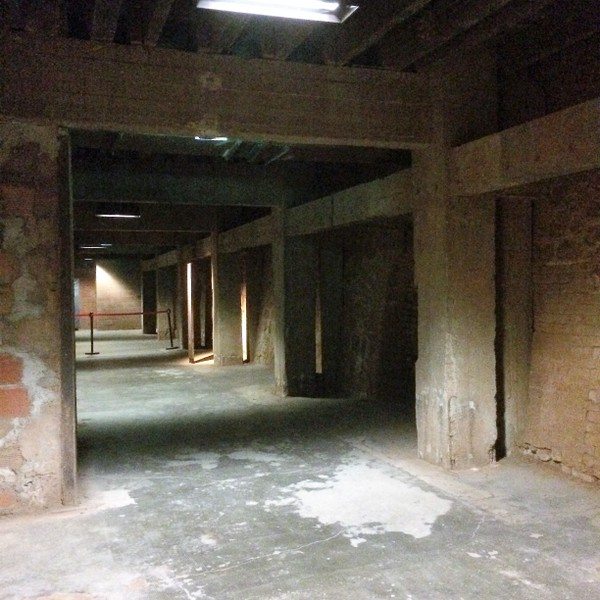
The museum ranges over three floors. In the basement the brick ovens were converted to theatres, and meeting places. The upper floors were male and female dormitories. Wandering through the different floors, seeing where people slept, and listening to the stories we were able to get a sense of daily life in the camp.
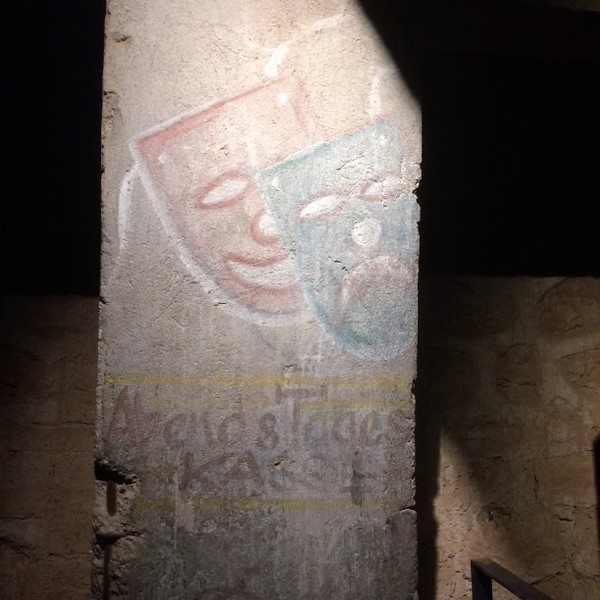
As many were artists there were many art pieces on display. They ranged from graffiti to drawings and paintings. In some of the most obscure places are pieces which are a symbol of the artists defiance and importance as a human being.
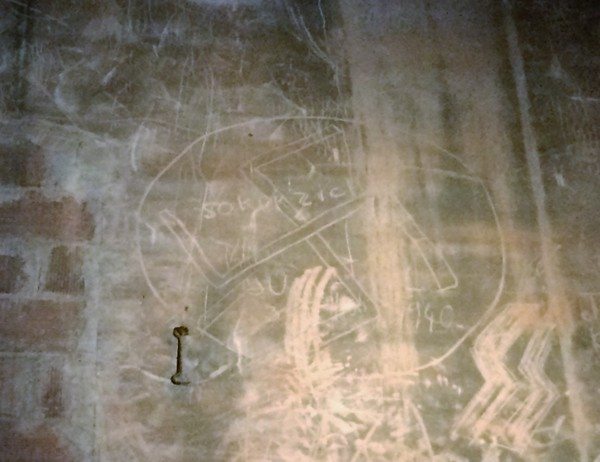
Sadly there were also signs of graffiti left from before it became a museum, making us realise we need to be forever vigilant that some things never change.
Reflection Area
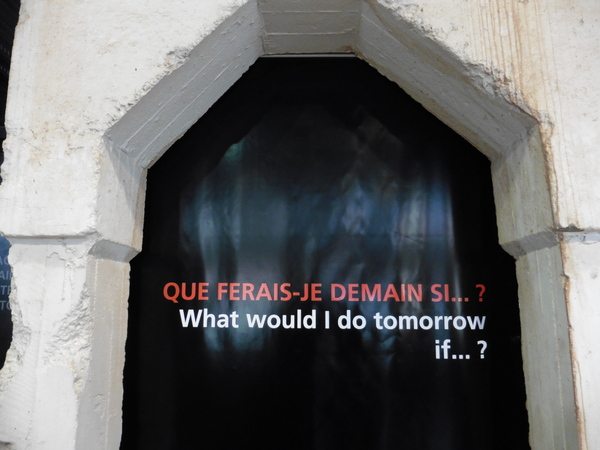
The final piece of the museum is the Reflection Area. It’s split into two sections. The first explains how people can commit barbaric acts. Various videos such as the Milgrim Experiment , The Bystander Effect, Zimbardo Stanford Prison Experiment and Solomon Asch Visual Perception are some examples that show how people comply and behave without questioning.
These experiments show that even those who think they could stand up to such movements and changes probably won’t and that all we can do as humans is hope we can stand up.
The second section is the Wall of Just Acts. It’s a range of stories of various simple people around the world who went against the system and rescued, or saved people. It really gave us hope in simple humanity.
After visiting Camp Des Milles we spent the next few hours on the bike, contemplating what we’d experienced.
Travelling south through the countryside we were surrounded by steep mountain ranges. There was a mix of farming country with vineyards, cattle, corn, olives and industrial areas. We were quite surprised to see young prostitutes standing in small dusty laybys on the side of the road not far from Bouc-Bel-Air. It tells us that in Provence despite the beautiful countryside with lavender fields, vineyards, and sunflowers there is a darker underbelly.
The trip south headed down towards the coast before skirting around Toulouse. As we drew close to the coast we were once again greeted by lovely warm weather.
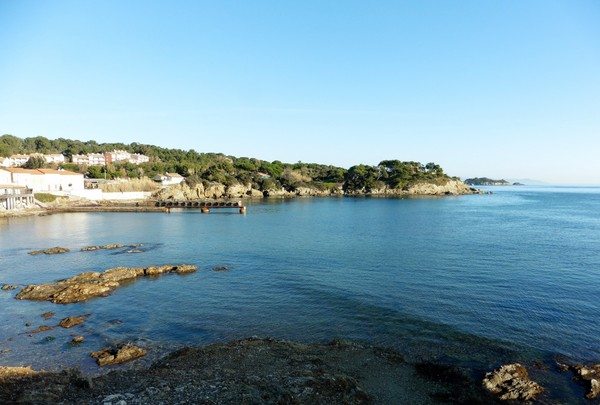
Arriving in Hyères we were surprised to see palm trees and theme parks. Hyèresis a popular tourist destination so along the beachfront were rows and rows of holiday apartments. There were all the shops associated with beach resort towns such as caravan storage and big boat hire places. The apartment was out of the city at La Bergerie, and quite close to the beach.
It’s an interesting area on an isthmus, with a large marshland which was used for salt production. These days the marshland is home to all sorts of waterbirds including flamingoes, however there were no pink ones. For the next two days we are taking a break at the beach to chill out a bit before heading to Italy.
